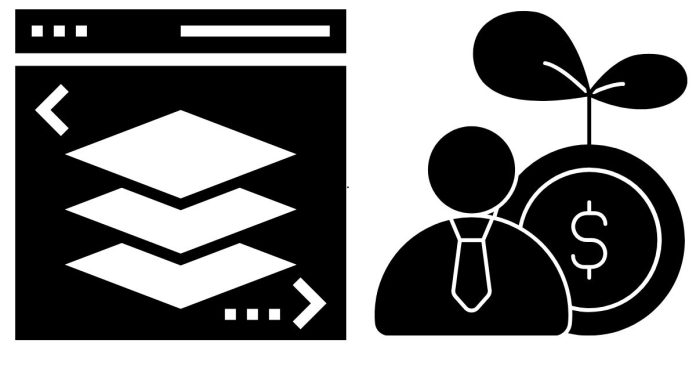In today’s fast-paced web development world, efficiency and speed are key to creating responsive, user-friendly websites. One tool that has revolutionized front-end development is Bootstrap. Whether you’re a beginner or an experienced web developer, understanding what Bootstrap is and how it works can greatly enhance your ability to build modern, mobile-friendly websites.
What is Bootstrap?
Bootstrap is an open-source front-end framework used to design and develop responsive and mobile-first websites. It was originally developed by Twitter in 2011 by Mark Otto and Jacob Thornton. The framework is designed to simplify the development process by providing a set of pre-designed templates and components, including CSS styles, JavaScript plugins, and grid systems.
Bootstrap helps developers create websites that look great and work well on all screen sizes—from mobile phones to large desktop monitors—without the need to write all the CSS and JavaScript from scratch.
Key Features of Bootstrap
- Responsive Grid System: Bootstrap’s grid system is one of its core features. It’s a flexible 12-column layout that enables developers to create responsive designs that automatically adjust to different screen sizes. This makes it easier to design websites that look great on desktops, tablets, and smartphones.
- Pre-designed Components: Bootstrap comes with a wide array of built-in UI components such as navigation bars, buttons, dropdowns, modals, alerts, and much more. These pre-styled components can be easily customized and integrated into a project.
- Cross-Browser Compatibility: Bootstrap is designed to work seamlessly across all major browsers, including Chrome, Firefox, Safari, Edge, and Internet Explorer. This ensures that the website’s design remains consistent no matter which browser the user is using.
- Customizable: While Bootstrap comes with a set of default styles, it is highly customizable. Developers can modify the framework’s components to fit the specific needs of a project, making it easier to create a unique website without starting from scratch.
- JavaScript Plugins: Bootstrap includes a variety of useful JavaScript plugins that help enhance the functionality of a website. These include features like carousels, modals, tooltips, popovers, and more. All of these plugins come ready to use, requiring minimal setup.
Benefits of Using Bootstrap
- Faster Development: Since Bootstrap provides pre-built components and a grid system, developers can save time on design and layout. This allows them to focus more on the functionality of the site, speeding up the overall development process.
- Mobile-First Design: Bootstrap is built with a mobile-first approach, meaning that websites designed with this framework are optimized for mobile devices right out of the box. This is crucial as mobile internet usage continues to grow worldwide.
- Consistent Design: Bootstrap provides a consistent design language across all components, making it easy to maintain a unified look and feel throughout the website. Developers don’t have to worry about style inconsistencies between elements.
- Large Community & Resources: Being one of the most popular front-end frameworks, Bootstrap has a large community of developers who contribute to its growth. This means that developers can find ample documentation, tutorials, and third-party plugins to extend its functionality.
How to Get Started with Bootstrap
Getting started with Bootstrap is simple. Here are the basic steps:
- Download or Link to Bootstrap: You can either download the latest version of Bootstrap from the official website or link directly to a Content Delivery Network (CDN) version to get started.
- Set Up Your HTML Structure: Bootstrap uses a specific set of classes and HTML elements to structure a webpage. Make sure to include the necessary CSS and JavaScript files in your project.
- Use the Grid System: Implement Bootstrap’s responsive grid system to create flexible, multi-column layouts that adapt to different screen sizes.
- Add Components: Use Bootstrap’s pre-designed components, like buttons, cards, forms, and navigation bars, to quickly assemble a functional and visually appealing site.
- Customize: You can customize Bootstrap by overriding its default styles or by using its SASS variables to tailor the framework to suit your specific needs.
Conclusion
Bootstrap has transformed the way web developers approach front-end development. Its responsive grid system, pre-designed components, and customizable features make it an essential tool for creating modern, mobile-first websites. Whether you’re working on a personal project or collaborating on a large-scale web application, Bootstrap can help you develop websites faster and more efficiently.
If you’re looking to streamline your web development process and deliver high-quality websites that work across all devices, Bootstrap is a framework worth exploring. Happy coding!


